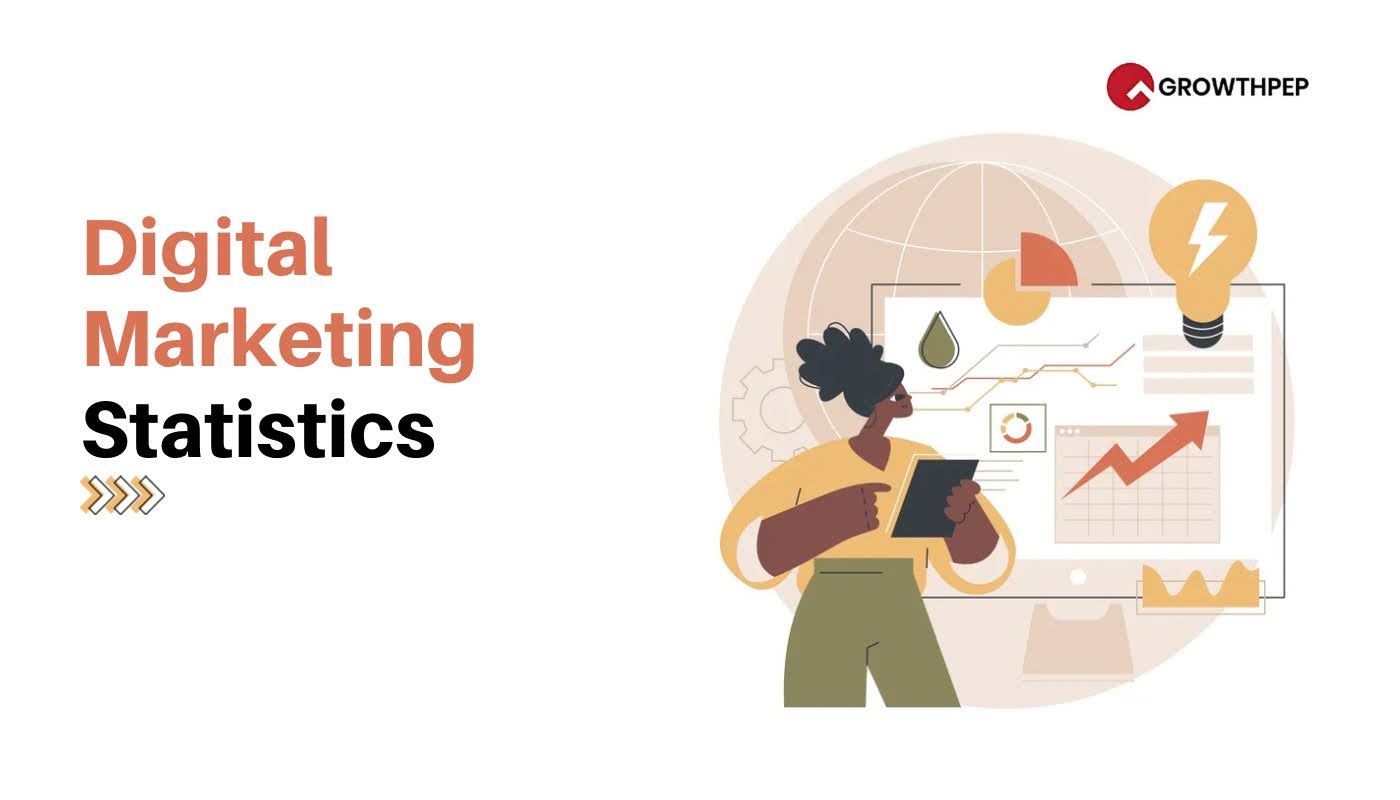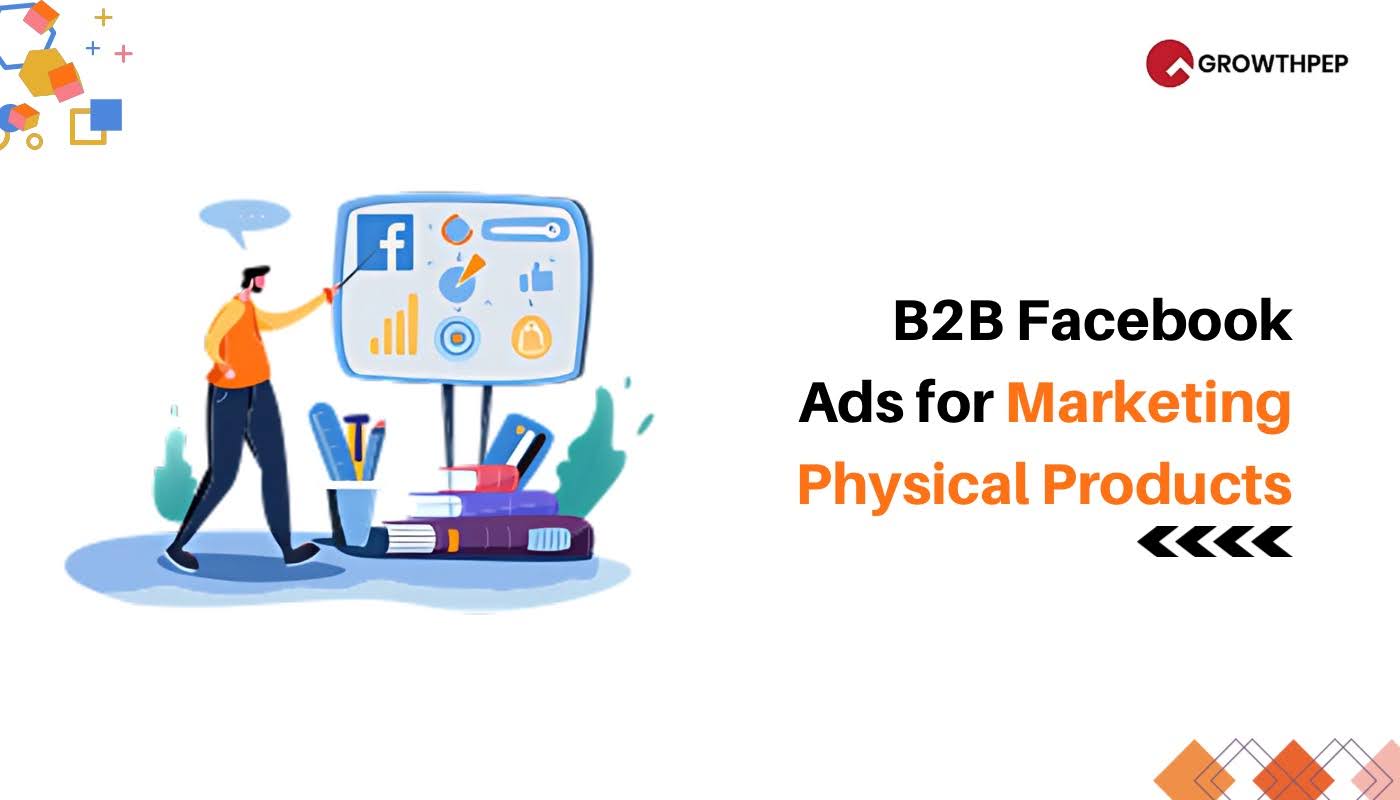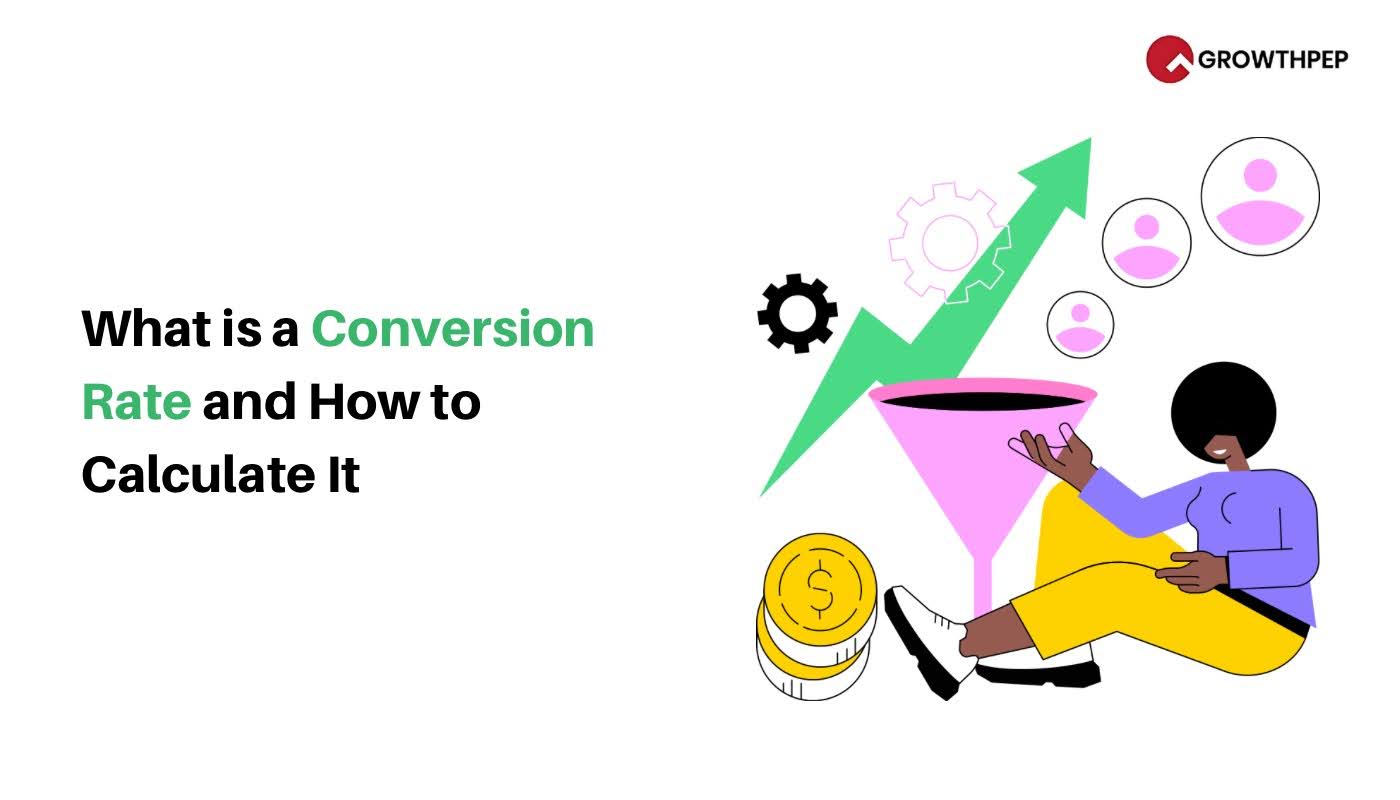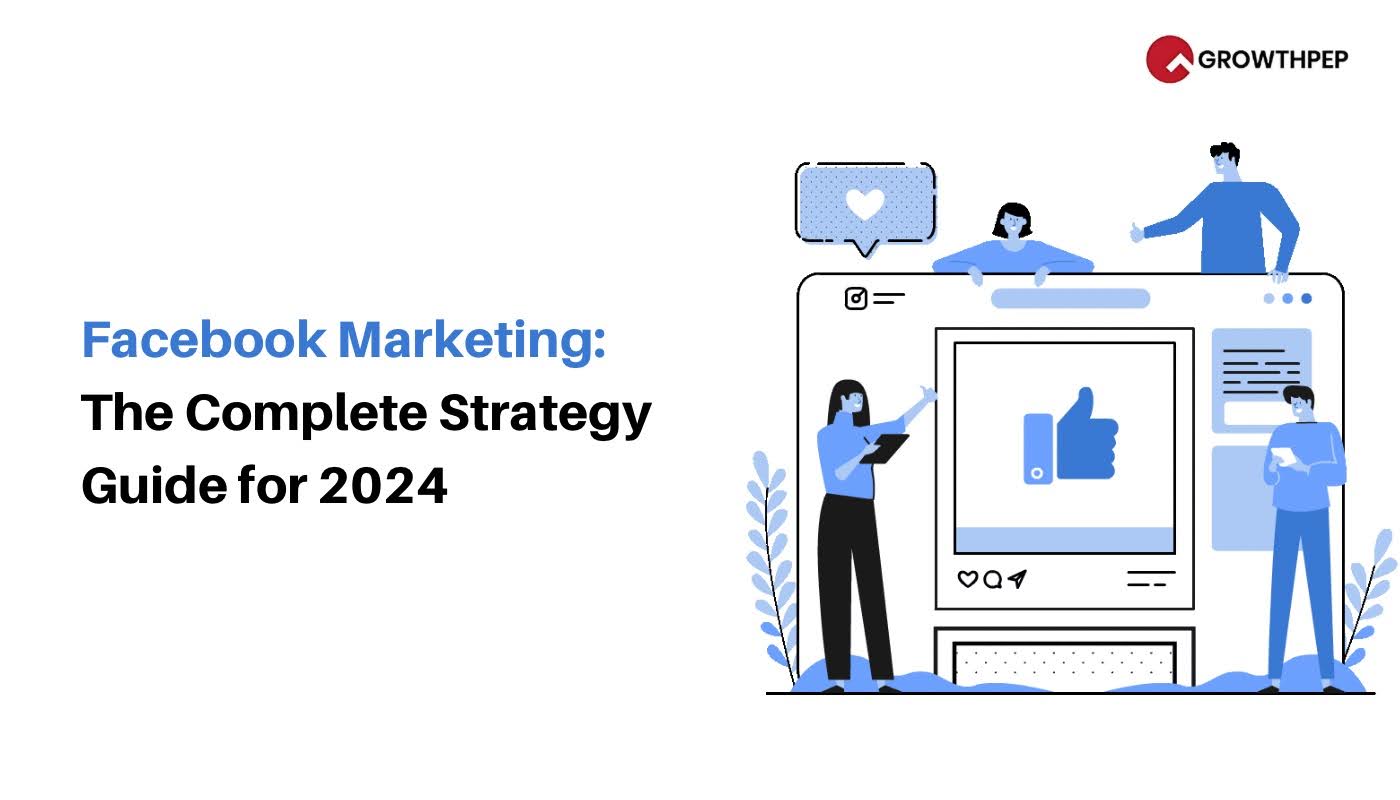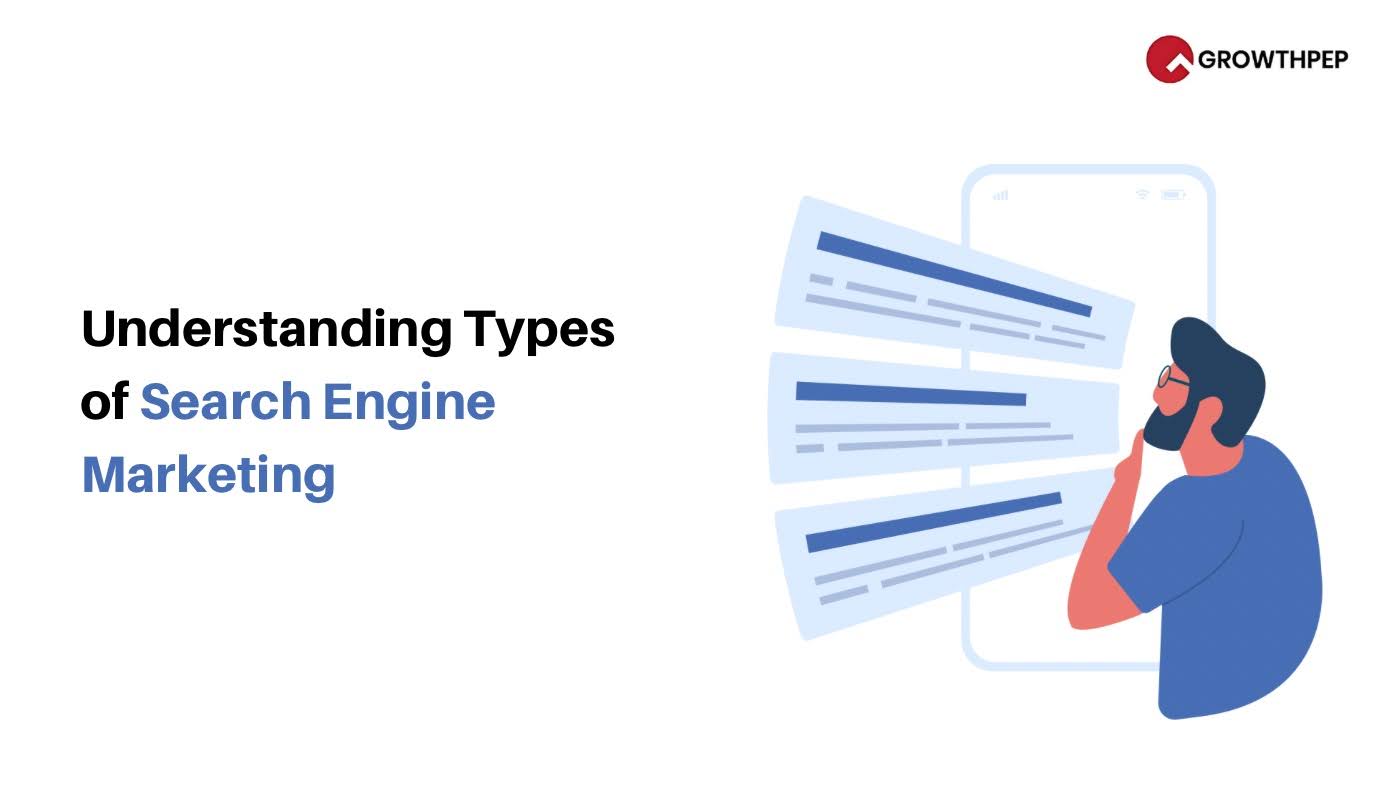Digital Marketing Statistics For You in 2024
Ever wondered how digital marketing statistics are like a teenager’s room? They might look chaotic, but there’s a method to the madness that reveals valuable insights once you dive in!
Understanding current statistics is essential for founders and business owners of small to medium-sized enterprises (SMEs) and startups like you as it may help you understand the ever-evolving digital marketing market. In 2024, performance marketing statistics will be crucial for you to scale your operations through effective online advertising and sales strategies.
If you are focused on rigorous A/B testing to refine your marketing approaches will also find valuable insights in these statistics. According to recent reports, the Indian digital advertising market is currently estimated to be around $16.6 billion. By using data-driven insights, you can optimise your marketing strategies, maximise ROI, and better target your audiences, ultimately leading to sustained growth and success in a competitive marketplace.
This blog will comprehensively examine the essential digital marketing statistics that inform your strategic decisions.
Why are digital marketing statistics important?
Digital marketing statistics are crucial for businesses to understand market trends, consumer behaviour, and the effectiveness of different marketing strategies. The digital advertising landscape is growing rapidly, with the market expected to reach $786.2 billion by 2026. This growth reflects a significant shift in how businesses allocate their marketing budgets, moving away from traditional methods toward digital channels.
Key Drivers of this Shift:
- Increased Online Presence: As consumers spend over 6 hours a day online, businesses can capitalise on digital platforms to effectively reach target audiences and maximise engagement.
- Technological Advancements: Innovations in tools like AI and data analytics enable more personalised and targeted campaigns, offering deeper insights into audience behaviour and helping businesses refine their strategies.
- Shift from Traditional to Digital: The post-pandemic environment has accelerated the shift from traditional marketing to digital strategies, allowing real-time adjustments, precise targeting, and measurable outcomes.
Staying informed about the latest statistics is essential for businesses to adapt and thrive in an ever-evolving digital landscape.
Now that we’ve talked about why these stats are important. Let’s get into digital marketing industry statistics in 2024.
Digital Marketing Industry Statistics 2024
The digital marketing industry in 2024 continues to grow at an impressive rate, fueled by increasing adoption across sectors and evolving trends in online advertising. Here’s a summary of some of the key statistics:
Industry Size & Growth
- Global Market Size: The digital marketing industry is valued at $667 billion in 2024 and is projected to grow to $786.2 billion by 2026.
- U.S. Market: The U.S. digital marketing market stands at $460 billion.
- Growth Rate: The global digital marketing industry is growing at a CAGR of 9% from 2020 to 2026, with digital display advertising growing at 15.5% and search advertising at 12.2%.
- Budgets: 63% of businesses have increased their digital marketing budgets, and 94% of small businesses plan to increase spending in 2024.
ROI & Channel Performance
- PPC: For every $1 spent on PPC, businesses see a $2 return, yielding a 200% ROI.
- Email Marketing: Returns an impressive $36 to $40 for every $1 spent.
- SEO: Organic search provides the best ROI for 49% of businesses.
- Content Marketing: Remains one of the top methods for driving ROI, with businesses reporting higher returns from content efforts and SEO.
Let’s start with knowing the stats in the SEO industry.
Also Read: Guide to Generating Leads With Facebook Ads
- Search Engine Optimisation (SEO) Statistics
The SEO industry is booming in 2024, valued at nearly $90 billion, up from $75 billion in 2023. SEO plays a crucial role in driving traffic, with 53% of all website traffic coming from organic searches. Businesses that blog benefit even more, seeing a 55% increase in traffic. Despite the rise of generative AI, which two-thirds of businesses use for content brainstorming, drafting, and outlining, 25% of companies express concern about AI’s impact on their website traffic.
SEO provides strong ROI, with SEO leads boasting a close rate of nearly 15%. Additionally, 49% of businesses report that organic search brings the best marketing ROI. Large companies can spend between $10,000 and $20,000 per month on SEO, while smaller businesses typically invest $5,000 to $10,000.
Key SEO insights include:
- 75% of searchers never go beyond the first page of Google.
- The top-ranking site in Google organic search results has a 31% click-through rate (CTR).
- 46% of Google searches are for local services.
- 28% of local searches result in purchases within 24 hours.
- Blogging leads to 434% more indexed pages, reinforcing the importance of content in SEO strategy.
Given SEO’s importance in driving traffic and generating leads, you must prioritise SEO strategies to increase your online presence and engagement.
Speaking of visibility, let’s explore how PPC advertising has become a key player in the digital marketing game.
Also Read: Performance Marketing Strategies in E-commerce 2024
- Online Advertising Statistics
Pay-per-click (PPC) advertising continues to dominate digital marketing. The expected search ad spend is projected to reach $132 billion in 2024, reflecting the effectiveness and popularity of PPC as a marketing strategy. Here are some insights:
Return on Investment (ROI)
- 200% ROI: PPC campaigns typically yield a $2 return on every $1 spent, translating to an impressive 200% ROI. This high return makes PPC attractive for marketers seeking immediate results and measurable outcomes.
Google Ads Dominance
- Google’s Market Share: About 80% of PPC efforts are focused primarily on Google Ads. Google’s advertising platform offers unparalleled reach and targeting capabilities, allowing you to connect with potential customers actively searching for your products or services.
Bidding Strategies
- Smart Bidding: You can now use smart bidding strategies powered by machine learning to optimise your PPC campaigns. This technology enables real-time adjustments based on performance metrics, helping brands allocate budgets more efficiently and improve overall ad performance.
You can maximise your ROI and enhance your visibility across search engines by continually analysing performance marketing statistics and optimising PPC campaigns.
To maximise the benefits of PPC, consider collaborating with experts like Growthpep, who can optimise your campaigns for impressive returns.
Next from clicks to ‘likes,’ let’s chat about what’s trending on the social front.
- Social Media Marketing Statistics
Social media is evolving rapidly, with the estimated market value projected to grow to $256 billion by 2028. Below are key insights into social media marketing:
Business Integration
- Integration in Strategies: A remarkable 91% of businesses now integrate social media into their marketing strategies, recognising its significance in building brand awareness, fostering customer engagement, and driving sales.
Platform Popularity
- Leading Platforms: Facebook remains the most popular social media platform, with billions of active users. However, TikTok has emerged as the fastest-growing social media channel, captivating younger audiences with its short-form video content and creative engagement opportunities.
User Engagement
- Engagement Rates: Posts that include visual content receive 94% more views than text-only posts. Furthermore, video content generates 1200% more shares than text and image content combined. This demonstrates the effectiveness of incorporating diverse content formats to engage users and increase reach.
Trends in Influencer Marketing
- Influencer Marketing Growth: The influencer marketing industry is expected to grow to $21.1 billion by 2024. Collaborating with influencers enables you to tap into niche markets and establish credibility through trusted voices in your respective industries.
To succeed in social media marketing, you must continuously analyse performance marketing statistics to adapt your strategies and effectively engage your target audiences across platforms.
While social media offers a unique way to connect with audiences, email marketing remains a powerful tool to maintain and deepen those relationships
Also Read: Strategies for Lead Generation in Digital Marketing
- Email Marketing Statistics
Email marketing remains a powerful tool for you aiming to connect with your audience. The industry is anticipated to reach a $17.9 billion valuation by 2027. Here are some critical insights:
High Return on Investment
- ROI of Email Marketing: Email marketing delivers an exceptional return, averaging $36 to $40 for every $1 spent. This high ROI highlights the effectiveness of email as a channel for driving conversions and nurturing leads.
Importance of Automation
- Automation Benefits: Automated email campaigns save businesses time and resources while enhancing personalisation. By sending targeted messages based on user behaviour, brands can significantly improve engagement rates. 76% of brands report having used marketing automation just this past year.
- Segmentation Strategies: Utilising segmentation allows marketers to tailor messages based on customer behaviour, preferences, and demographics, leading to higher conversion rates. Personalising content can significantly impact open rates and click-through rates. Segmented emails have 30% more open rate and 50% CTR than unsegmented ones.
Email Open Rates
- Industry Benchmarks: The average open rate for marketing emails across industries hovers around 80%, while click-through rates range from 2.78%. To improve these metrics, you should focus on creating compelling subject lines and delivering relevant content that resonates with your audience.
Other stats include:
- According to 64% of small firms, email marketing helps them connect with their ideal clients.
- Approximately 20% of email campaigns are not responsive on mobile devices.
- According to 80% of marketers, social media is more important to them than email marketing.
- You won’t want to pass up the opportunity to use email marketing, which is a cheap means of business promotion for 64% of small enterprises.
- Just because the subject line of an email seems interesting, 33% of recipients will click through.
- Just the subject line persuades 47% of email recipients to open a message.
Investing in email marketing strategies that prioritise automation and segmentation is essential for nurturing leads and maximising conversions.
Switching gears to another content powerhouse, let’s unravel how content marketing and blogging are reshaping consumer engagement
Also Read: Digital Marketing Strategies for Ecommerce: Tips and Examples
- Content Marketing and Blogging Statistics
Content marketing continues to grow as a core strategy for businesses, with marketers adopting various formats to engage audiences and boost ROI. Blogging, video, and audio have proven to be critical tools in shaping consumer behaviour and driving conversions. Here’s a look at the latest statistics across key content marketing channels.
Blogging
Blogging remains a cornerstone of content marketing. 9 out of 10 marketers rely on blogs to meet their content goals. Companies with active blogs generate 67% more leads compared to those that don’t. The trend of longer blog posts is also rising, with the average post length now at 1,427 words—a 70% increase from a decade ago. Additionally, AI is making an impact, as 43% of marketers use AI to assist in idea generation.
Content Strategy
A strong content strategy is essential for success. 29% of marketers actively implement content marketing, and 50% plan to increase their content budget in 2024. Marketers primarily measure success through sales outcomes and web traffic, making these critical metrics for content strategies.
Video
Video marketing continues to dominate, with 91% of businesses using video as part of their strategy. YouTube remains the most popular platform, and short-form videos are a top trend, offering businesses a way to captivate audiences in a concise, engaging format.
Audio
Audio content, especially podcasts, is seeing growing adoption. 25% of marketers now use podcasts in their content mix, with 47% planning to increase their audio marketing budgets in 2024. Digital audio advertising is expected to grow to over $13 billion by 2028, emphasising the increasing value of this format.
As we all spend more time on our phones, it’s no surprise that mobile marketing and ecommerce are taking center stage in shaping the future of digital marketing.
Also Read: Top 6 Tools for Search Engine Marketing in 2024
- Mobile Marketing and eCommerce Statistics
The importance of mobile marketing is more pronounced than ever, particularly as consumers increasingly use their mobile devices for shopping and browsing. Here are some compelling statistics:
Mobile Advertising Spend
- Ad Spending on Mobile: Total search ad spend in 2024 will amount to $132 billion. Digital ad spending worldwide reached $485 billion in 2023 and it’s projected to grow to $526 billion by the end of 2024. This statistic illustrates the growing necessity for you to optimise your campaigns for mobile users.
eCommerce Traffic Sources
- Organic Traffic Generation: 43% of eCommerce traffic is generated through organic Google searches, underscoring the importance of SEO in driving sales. If you optimise your websites for mobile search it will benefit from increased visibility and traffic.
Mobile-First Approach
- Shifting Consumer Behaviour: With increasing mobile commerce efforts, adopting a mobile-first approach is essential. This entails optimising websites for mobile devices, ensuring fast loading times, and creating a seamless user experience that accommodates mobile users.
Trends in Mobile Shopping
- Mobile Payment Growth: Mobile payment methods have gained traction, with an increasing number of consumers preferring to make purchases through their smartphones. This trend highlights the importance of offering mobile-friendly payment options to enhance user convenience.
Growthpep’s targeted strategies ensure that your mobile marketing is effective and aligns perfectly with consumer shopping trends.
Conclusion
Digital marketing in 2024 continues to evolve, driven by technological advancements, changing consumer behaviour, and a growing reliance on digital channels. You need to stay updated on the latest performance marketing statistics to adapt your strategies effectively.
Whether it’s using SEO to drive organic traffic, optimising PPC campaigns for higher ROI, or integrating social media and email marketing, understanding and implementing data-driven insights is essential for success in this competitive market.
To take your business to the next level, partner with Growthpep, an ROI-driven performance marketing agency specialising in scaling businesses through targeted digital strategies. From social media marketing and search engine marketing to lead generation and e-commerce sales, Growthpep creates and executes customised campaigns tailored to meet your business goals.
Maximise your ROI and achieve sustainable growth—contact Growthpep today to accelerate your digital marketing efforts.
FAQs
- How large is the digital marketing industry?
The global digital marketing industry is projected to reach $786.2 billion by 2026, indicating exponential growth in online advertising as businesses increasingly prioritise digital channels to connect with consumers.
- What is the growth rate of the digital marketing sector?
The digital marketing sector is growing at a steady pace, with an expected annual growth rate of over 10% through 2026, driven by consumer demand for online content and you need to engage audiences where they spend the most time.
- How successful is digital marketing?
Digital marketing continues to deliver high success rates for businesses, particularly through strategies like pay-per-click (PPC) advertising, which generates an average return on investment (ROI) of 200%. This success is largely due to data-driven campaigns that allow for real-time performance tracking and optimisation.
- What percentage of marketing is now digital?
In 2024, around 60% of global advertising spend is expected to be on digital channels, highlighting a growing reliance on online platforms as businesses move away from traditional marketing methods like TV and print.
5. Is there a high demand for digital marketing in 2024?
Yes, the demand for digital marketing remains strong in 2024, with businesses increasingly focusing on digital strategies to engage their target audiences, scale operations, and enhance customer experiences. As new platforms emerge and consumer behaviours shift, the need for expert digital marketing continues to grow.

